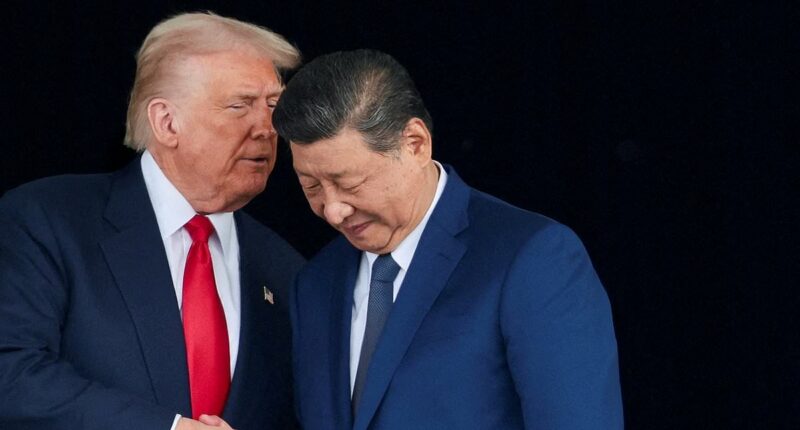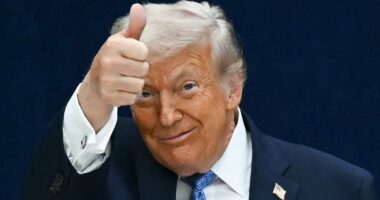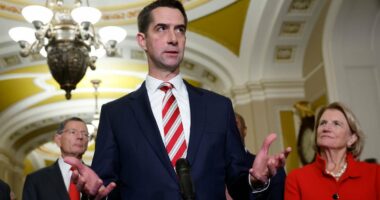Share this @internewscast.com

At the APEC summit, it initially appeared that President Trump and Chinese President Xi Jinping had reached a truce. Trump hailed the event as a diplomatic success, highlighting agreements on tariffs, the promise of substantial soybean purchases, and a commitment from China to curb chemicals linked to fentanyl production. However, the harmony was short-lived. The very next day, President Xi delivered a closing speech that seemed to take a direct jab at Trump.

Addressing business leaders, Xi criticized U.S. trade policies, portraying China as a defender of free trade. He warned regional economies against aligning with the U.S. push to decouple from Chinese supply chains. “APEC economies should oppose protectionism and unilateral bullying to prevent a return to the law of the jungle,” Xi stated, remarks widely perceived as a critique of Trump’s trade strategies. This tone sharply contrasted with the cooperative spirit he had shown during their face-to-face dialogue, where Xi had affirmed, “China and the U.S. should be partners and friends, as history and reality dictate.”

Brent Sadler, an experienced former military diplomat in Asia, interpreted Xi’s post-summit remarks as both a reaction to the meeting and an assertion of China’s assertiveness. “Trump set the agenda with a strong stance,” Sadler noted. “Xi’s subsequent rhetoric was not hostile, but certainly not warm, adopting a businesslike tone to send a clear message.” Sadler described Xi’s comments as “catty,” suggesting they were more than mere criticism. “Xi’s words were almost a veiled threat, cautioning others against siding with the U.S., thus reinforcing China’s regional influence,” he explained.

This, according to Sadler, reveals the true nature of the US–China relationship — not a friendship, but a complex and tense negotiation, where both sides are playing a long game. This isn’t the first time the two sides have made a deal, only for it to unravel shortly after. The last agreement struck between China and the US was effectively discarded just months after being put in place. ‘I have seen this movie before,’ Sadler said. ‘Promises from Beijing have often been made, but not followed through on. We’ll see if this time is any different.’ Asia–region analysts tell Daily Mail that while Trump’s team may have secured some initial concessions, it remains to be seen whether these will hold up over the long term – skeptical of China’s ability to meet it’s commitments on issues like fentanyl control and export controls.

‘The US needs to ensure China adheres to its commitments. The handshake deal in South Korea is only meaningful if it’s followed up with action. Trump’s team needs to keep the pressure on,’ Sadler added. The next big summit between Trump and Xi, expected in April, will likely reveal whether these trade talks can move beyond the surface –– and if history is any indicator –– if a part of their agreement derails. A former senior Biden administration official tells the Daily Mail it’s hard to see the deal stick. One tell: No text of a joint agreement was ever released. Pictured: President Donald Trump takes part in a welcoming ceremony with China’s President Xi Jinping on November 9, 2017 in Beijing, China.

‘President Xi has been willing to push back against Trump , so I could see him changing terms of the deal if Trump posts something in the middle of the night on X with an entirely new policy,’ the Senior Administration official said. Asked for a response to Xi, a White House aide noted that the US is also playing the long game. ‘We’re a threat to them, too… I think we get along very well, and I think we can be bigger, better and stronger by working with them as opposed to just knocking them out,’ the official said.










